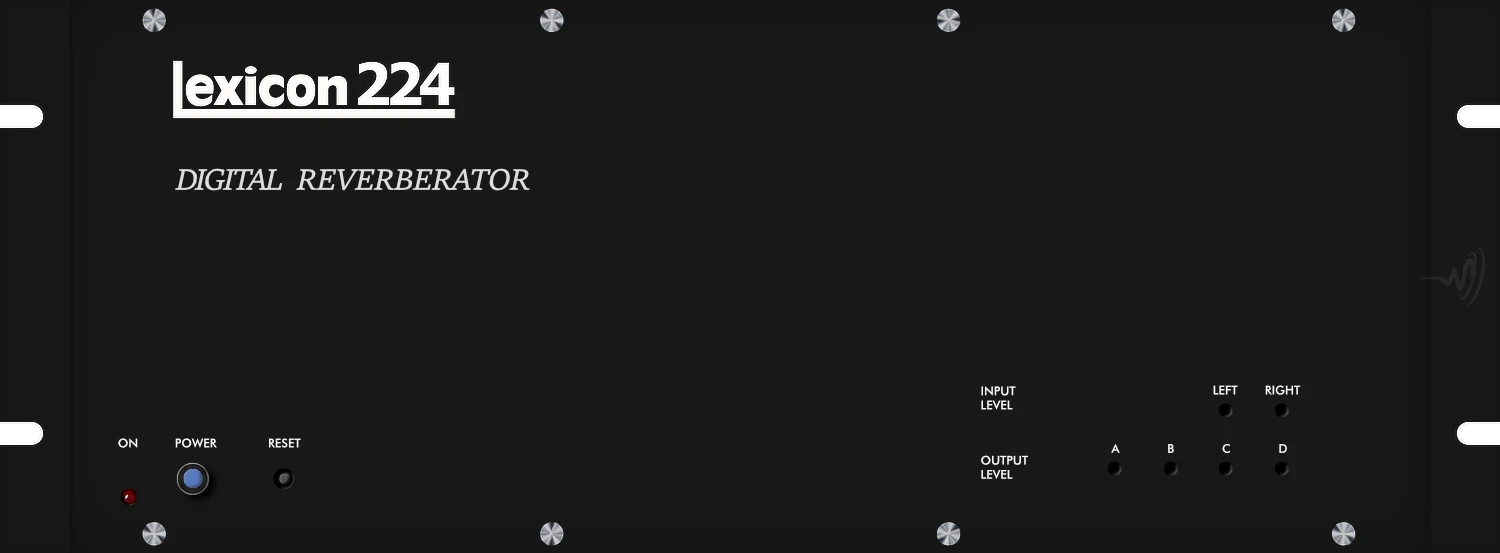George Michael’s 1987 album, Faith, was a commercial and critical success that catapulted him into global stardom. The album, written and produced by George Michael himself, was recorded at Puk Studio in Denmark. The studio was equipped with a state-of-the-art Mitsubishi 32-track digital recorder and a 56-channel SSL E Series console. The album peaked at number one on both the UK Album Charts and the US Billboard 200, and remains a staple of radio stations worldwide.
The title track, Faith, was the lead single off the album and became a massive hit, receiving heavy airplay and remaining a popular song to this day. The keyboard sounds featured prominently on the album were mostly provided by a Roland Juno 106 and a Yamaha DX7, both of which were popular synthesizers in the 1980s. The album also featured a Greengate DS3 sampler.
The production of Faith made extensive use of various digital effects. The Lexicon 224 reverb was used liberally throughout the album, as were two of the most popular digital effects units of the 1980s: the AMS RMX 16 digital reverb and the AMS DMX 15-80 digital delay. George Michael, however, insisted that the lead vocal on Faith be completely dry. For most of the other vocals on the album, a digital delay was used.
The AMS DMX 15-80 was often set to a 30ms delay on the left and a 45ms delay on the right, with some pitch changes added to some tracks. The Lexicon 224 provided the high-frequency “pings” to the vocals. After completing the vocal for Faith, the production moved to Sarm West’s Studio 2, which featured an SSL 4048 E Console. The album’s success cemented George Michael’s status as a pop icon and established him as a major force in the music industry.





